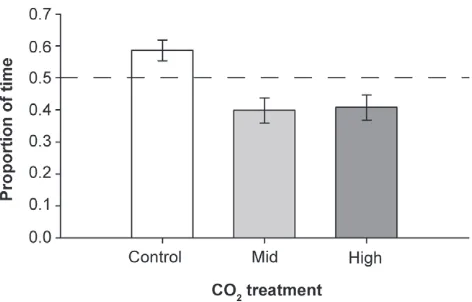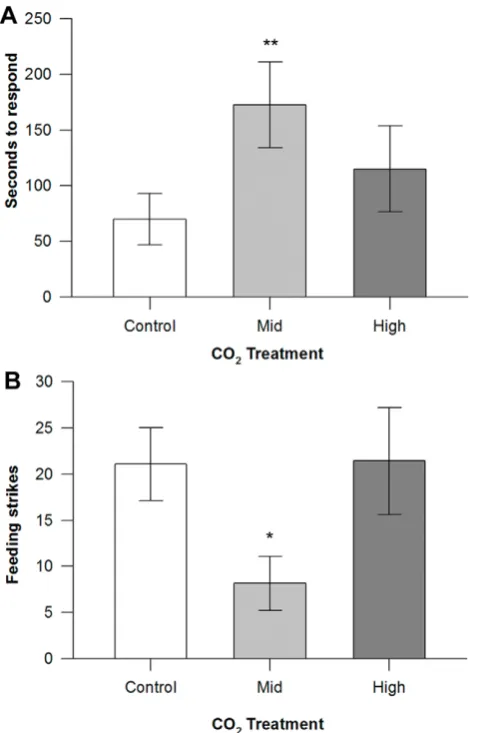Ocean acidification affects prey detection by a predatory reef fish
Full text
Figure



Related documents
BI: blinding index; BPH: benign prostatic hyperplasia; DM: diabetes mellitus; EA: electroacupuncture; IBE: incomplete bladder emptying; ITT: intention to treat; K-QQ: Korean version
The objective of the study was to comparatively assess two clinical rating scales for WD, the Unified Wilson ’ s Disease Rating Scale (UWDRS) and the Global Assessment Scale for
Other variables beyond individual characteristics and institutional settings have received relatively less attention... institutional opportunity
Results showed a significant and medium-effect size dif- ference in attitudes towards the professional and sociopo- litical environment of the home country and perceptions
The bonds linking the O C—C C—N system and the aromatic ring in (I) and (II) are typical single bonds (C sp 2 – C sp 2 ), suggesting that the C1–C6 benzene ring in (I) and
This experiment used some methods, including: bacterial identification and culture, isolation of bacterial pili, isolation of bacterial hemaglutinin pili protein,
Various socio-demographic aspects (viz. age, rural/urban background, socioeconomic status, religion, mother tongue, type of family, educational status of parents,
As eye contact is one of the essential elements that affects a level of intimacy (Short, et al., 1976) in social presence, changes of camera angle from lower to a more